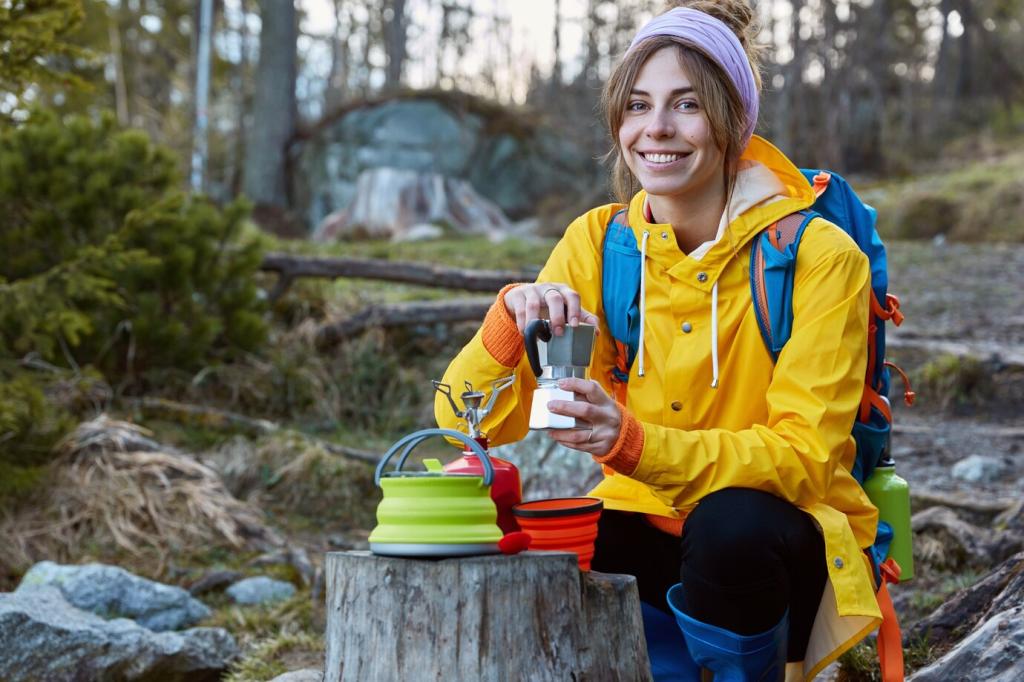On-Trail Thermoregulation and Timing
Leaving the trailhead slightly cool reduces sweat buildup when the climb steepens. Stash a warm hat or light midlayer in an easy pocket. Add warmth the moment you stop. This simple rhythm keeps base layers drier, so wind gusts and shady traverses don’t steal your hard-earned heat.
On-Trail Thermoregulation and Timing
Zippers, cuffs, and hems are your thermostats. Crack your shell’s pit zips before you feel sweaty. Loosen a collar, push up sleeves, and moderate pace to stay just below “sweat threshold.” The less wet you get now, the less cold you’ll feel when the wind hits later.






